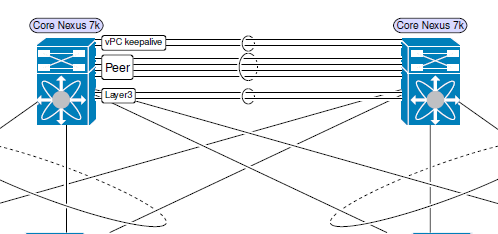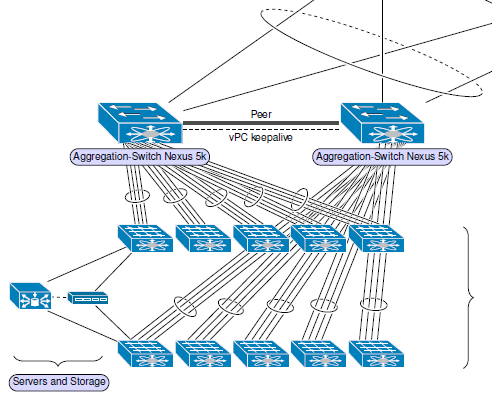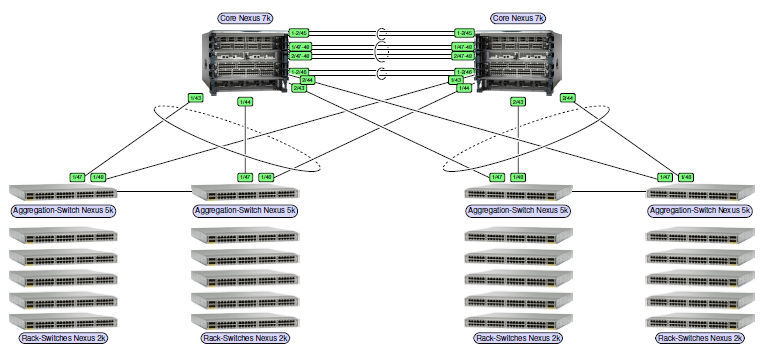Early bird registration discount ends soon!
The TeX Users Group meeting 2016 will be in Toronto, July 25-27. There will be presentations about typesetting, fonts, tools, and more.
 Until May 15 there’s a registration discount. That’s tomorrow! So there’s still the chance to register for less than the full price. In case you might miss it: I read in the fine print, that rates will increase after May 23, so there might be some further time to get that rate.
Until May 15 there’s a registration discount. That’s tomorrow! So there’s still the chance to register for less than the full price. In case you might miss it: I read in the fine print, that rates will increase after May 23, so there might be some further time to get that rate.
For students, no matter if member or not, there’s a significant discount: $100 instead of $350 (non student members). That’s an incredible offer, since the registration includes lunch on each day as well as morning and afternoon coffee breaks (breakfest usually included in the hotel fee).
Look at the program to see a list of presentation topics as of today. There you also can see how many people already registered from a lot of countries. You can find me there too, I plan to talk about TeX in industry.
Meet people from our TeX Users Group, that made TeX big, that provides the TeX Live software and ensures worldwide support!


